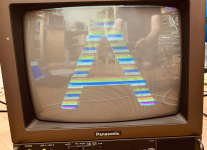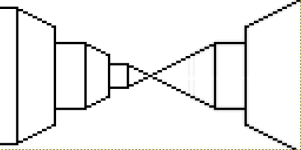Start here:
https://www.jedec.org/
Some enterprising companies have obtained (and published on the web) some of the reports. But I could not comment on that...
Dave
Well, you could comment on it, but I suspect that as in the old James Bond movies; "If I tell you I'd have to kill you"
But to cross the Atlantic and throw in some American humor, from the TV series Monk, he said: "If you want to kill me that is ok, I just need to know"
It is almost impossible to believe that anything related to a 74 series TTL IC's could be top secret, but I have seen stranger things happen.
Back in about 1974 when I was a teenager, I knew a girl who had joined the Army. She was doing an electronics course. One night she phoned me up and asked if I could help her. She had an exam the following day and was worried about it because she was struggling with some of the material. I said ok, I'd try to help. But she said, its all top secret. I said ok no worries I won't say anything, just try to help.
I was pretty intrigued by the whole thing. Anyway when I got to look at the coursework I was stunned, it was about vacuum tube problems that were at least 30 years old. Luckily I had an interest in these because I had been making tube stereo amplifiers and tube guitar amps, so I knew all about it and helped with the questions, but it made me wonder about things that were "Top Secret"
Many years later I was reading a story about the 1st Gulf War. There was some sort of ammunition factory in Iraq that the Americans wanted to bomb. They had the "secret" GPS coordinates in their classified intel files. They bombed it, but it was the wrong address. They accidentally bombed the Chinese emabassy on the opposite side of the road. But, the ironic thing was, that the address that they wanted to bomb was listed in the local telephone directory.
These sorts of lessons taught me that when things get too "secret", only chaos comes of it.


